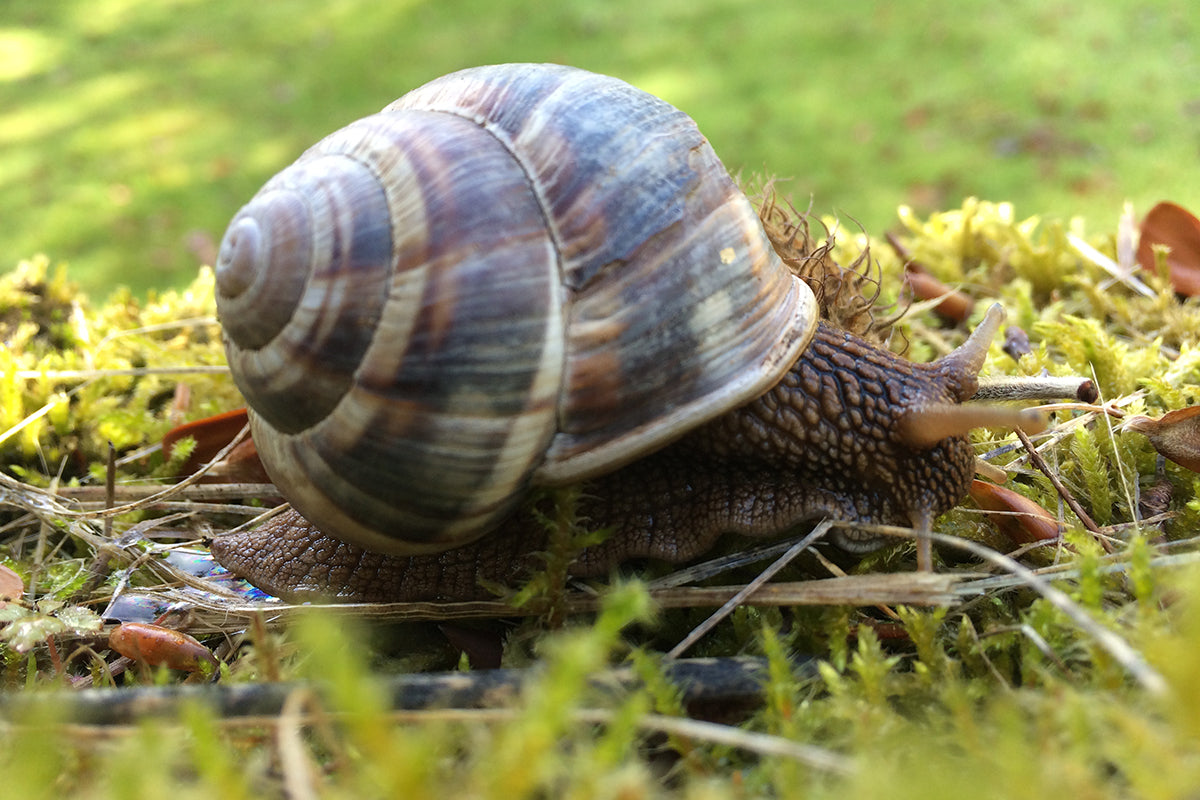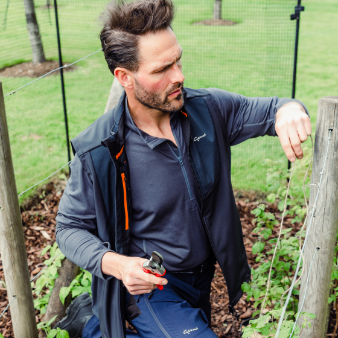Wildlife in the garden - helix lucorum

Snails aren’t eveyone's cup of tea when it comes to a creature to be welcomed into the garden, but their role in the environment shouldn’t be underestimated. As consumers of dead and dying (and yes, often living) plant material, the resultant waste products, their slime trails, dead snails and their shells, all contribute to the formation of soils.
As an indicator of the health of an ecosystem, snails are often used as biological indicators. Their potential to accumulate trace elements and organic pollutants makes them valuable in research to evaluate the effect of pollution within an area.
Of the 4,000 species of snail worldwide there are 120 in the UK. There’s the impressive non-native but thoroughly settled (and highly protected) Roman snail, Helix pomatia, introduced by the Romans and common around ancient Roman settlements. The common garden snail Helix aspersum is a species we’re all very familiar with along with the glossy-shelled white lipped snail Capaea hortensis, its shell sporting spiral bands in yellow and brown. One snail that is widespread but rarely seen is the hairy snail Trochulus hispidus. As the name suggests it has a hairy shell that varies in colour from cream to brown.
Four years ago Genus Head Gardener, Joff Elphick, discovered an unusual snail in a village close to Genus HQ. Knowing it to be something special he had it confirmed by The Conchological society as the Turkish snail Helix lucorum, the first record of this species to be found in Gloucestershire. It’s an edible snail and if you’ve ever purchased pre-packed Escargot from a supermarket, it's probably this species that found its way to your dinner table.
Snails are an important source of food for garden birds, particularly thrushes. These birds have learnt to use a convenient stone as an anvil on which to break snail shells and get to the soft body within. Song thrushes are particularly proficient at this but blackbirds have been known - though rarely - to copy the technique.







